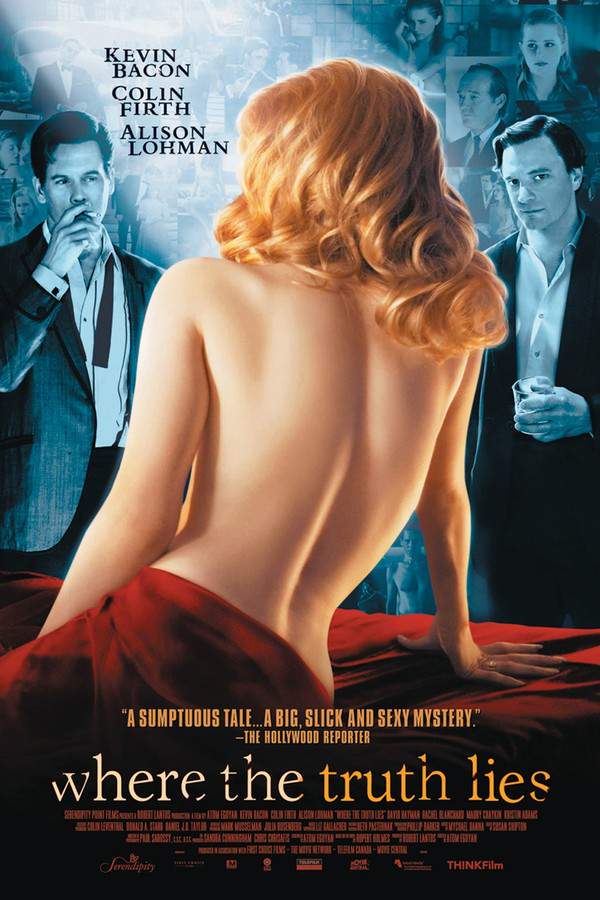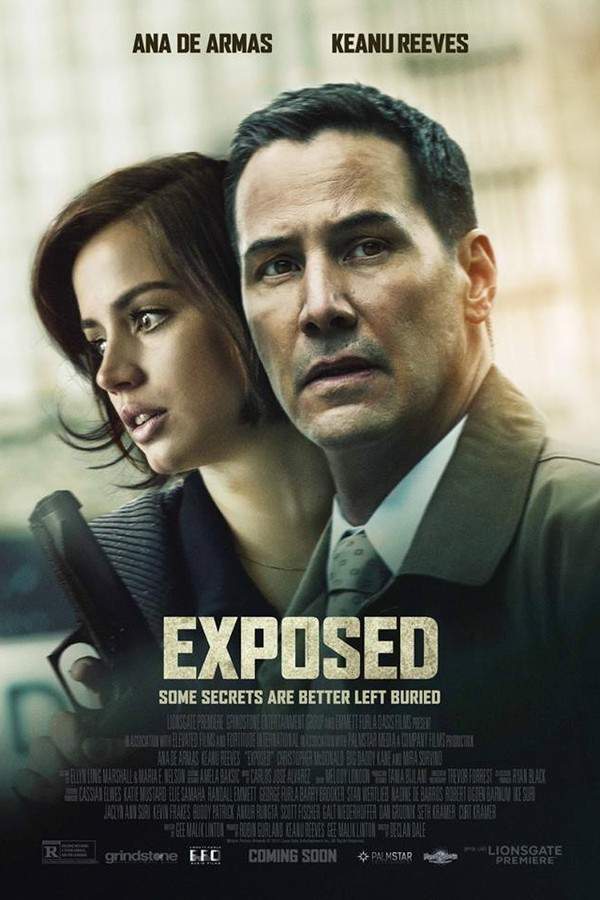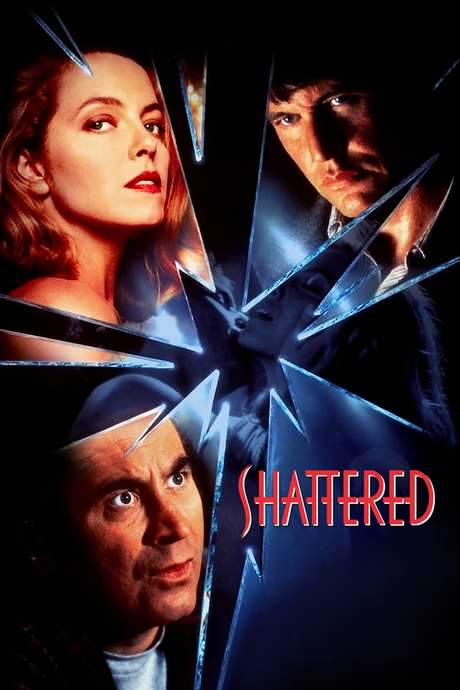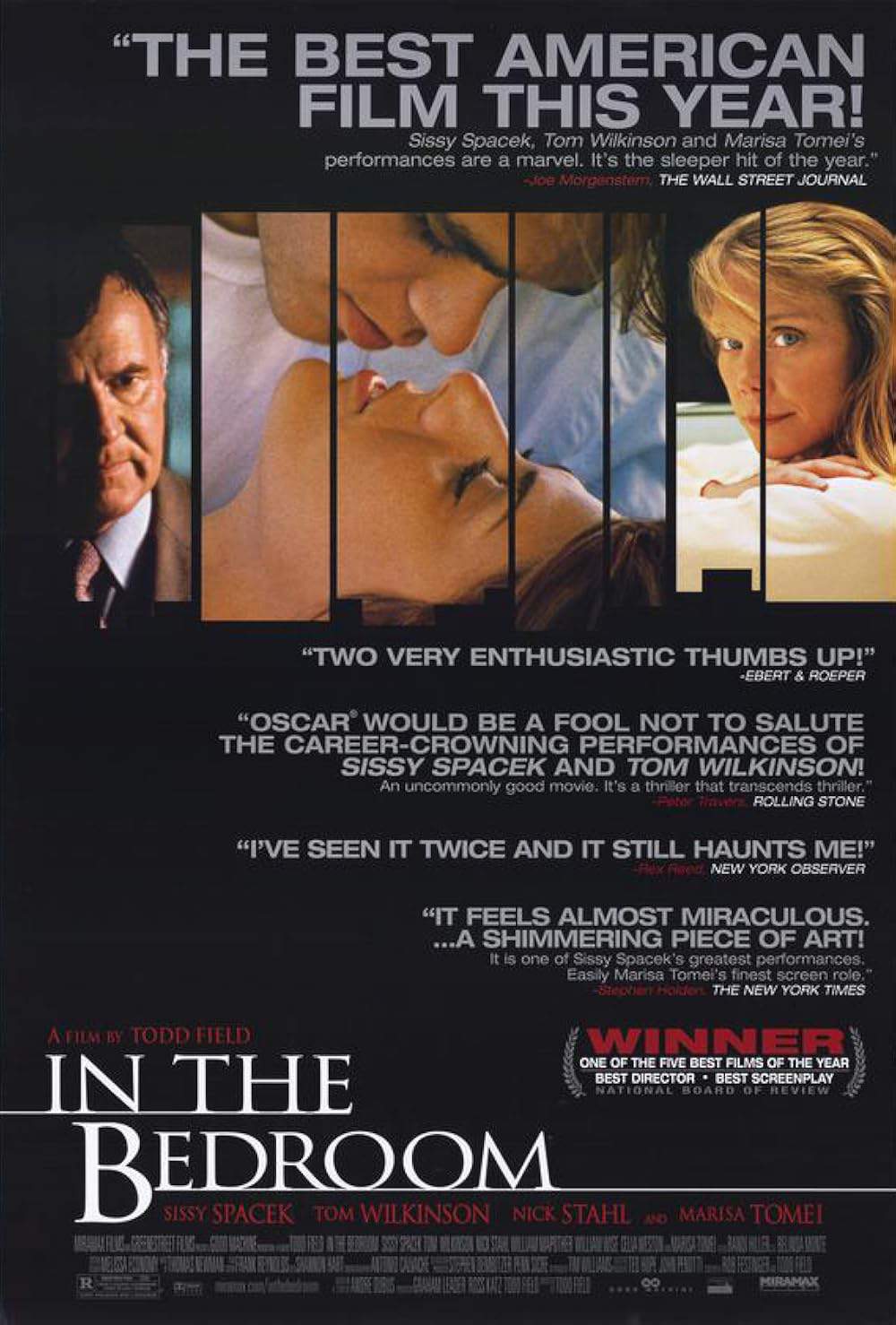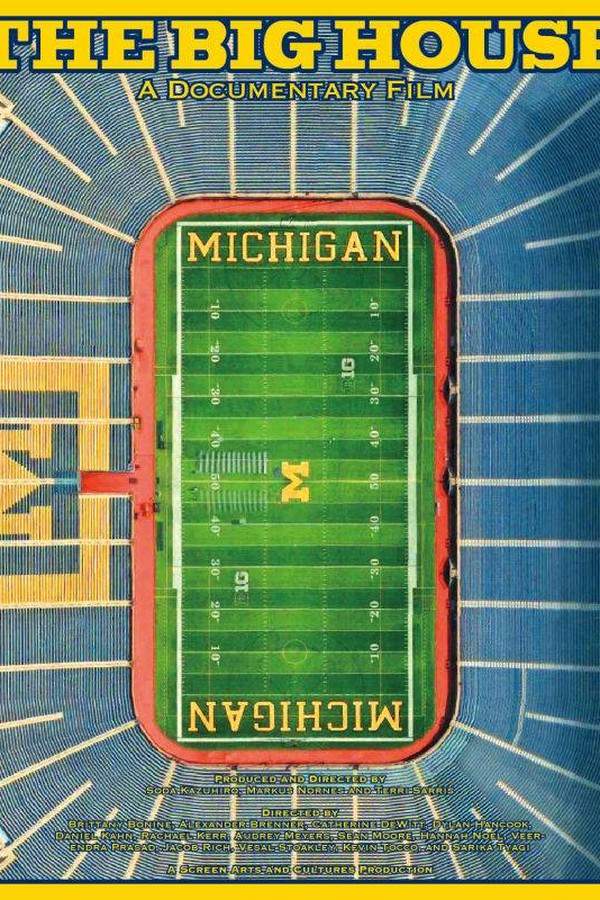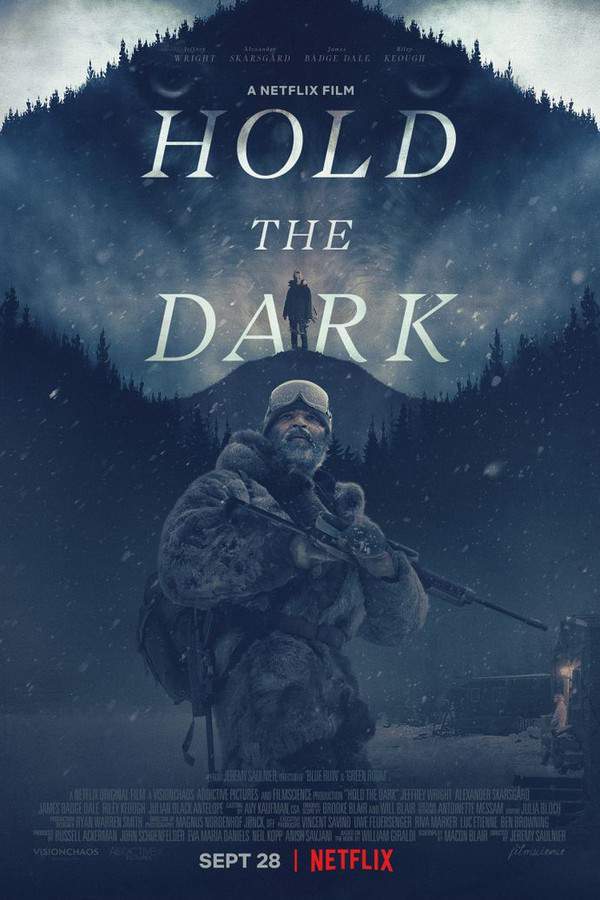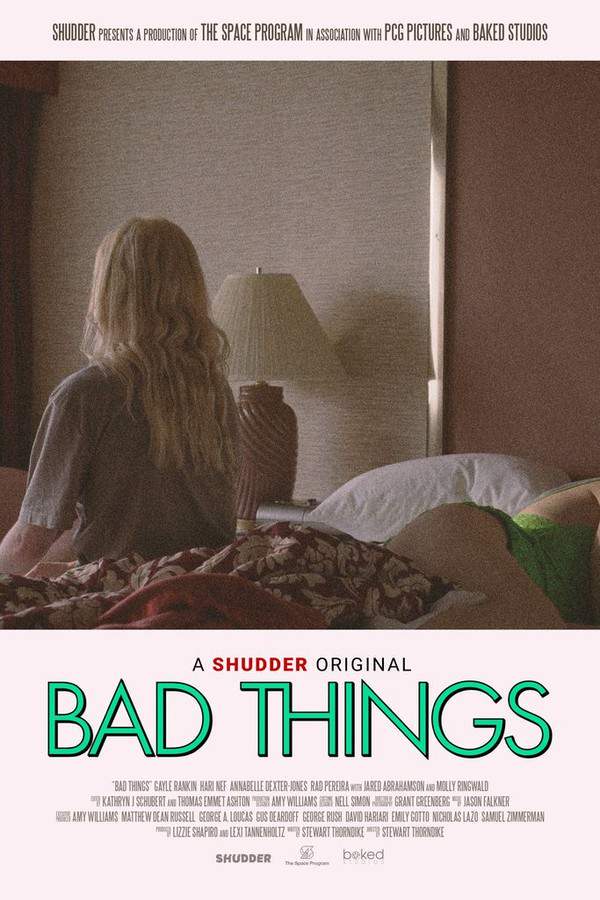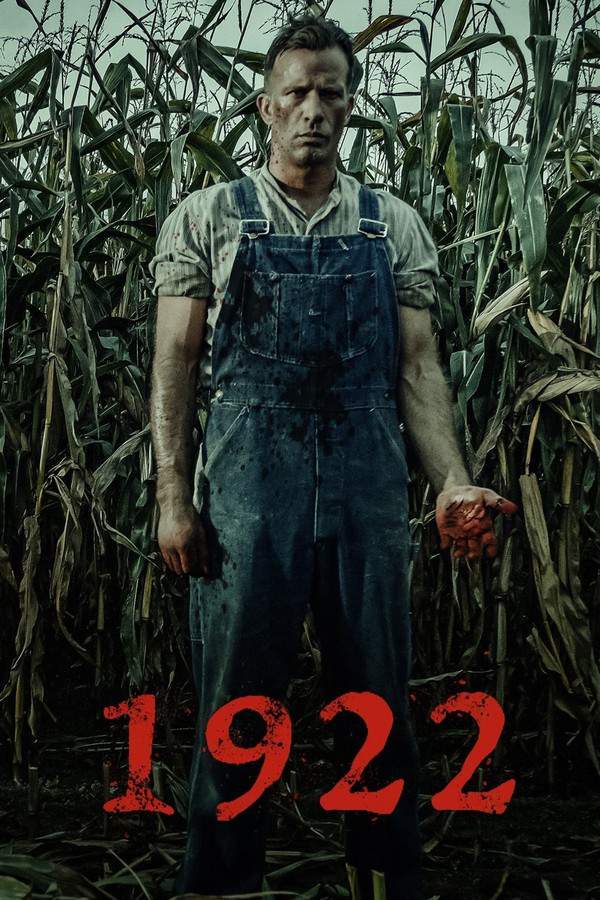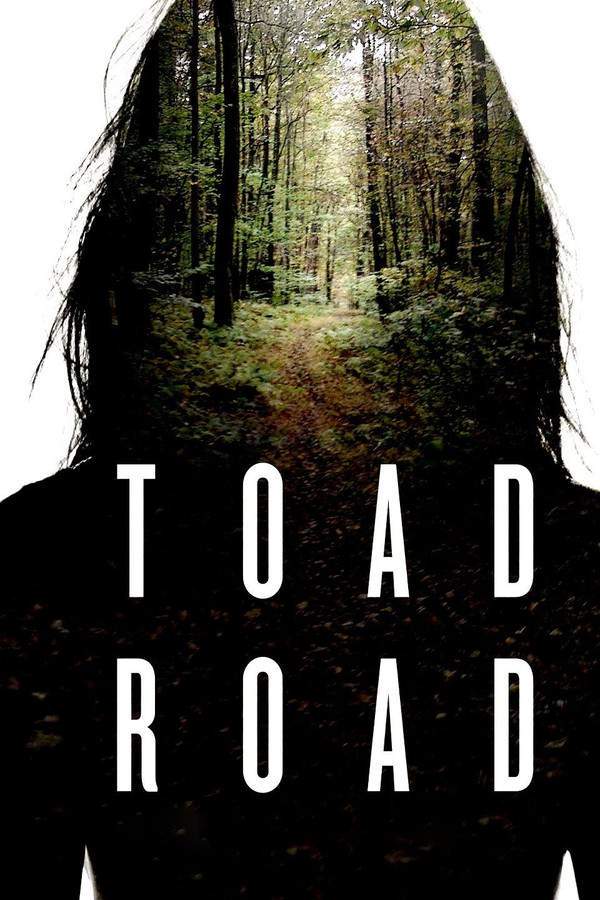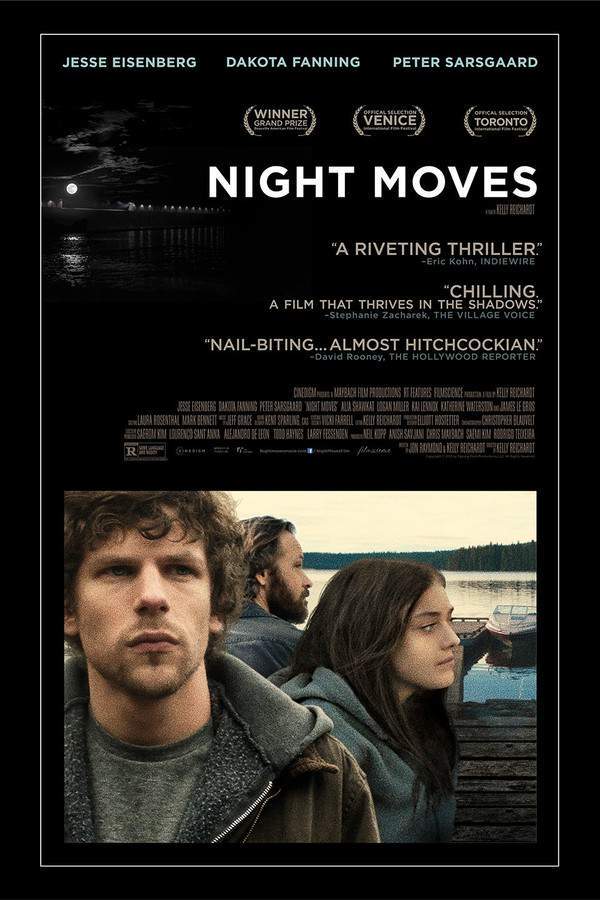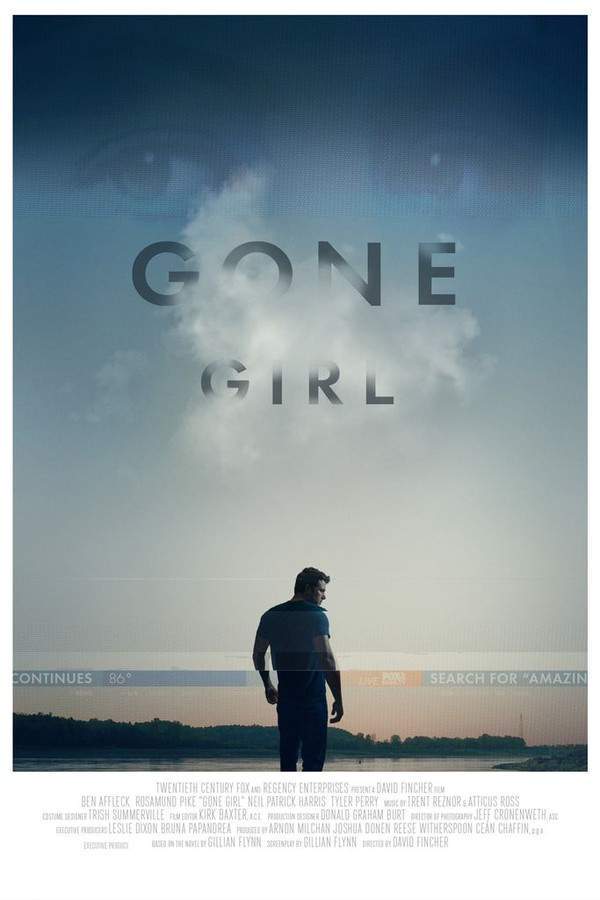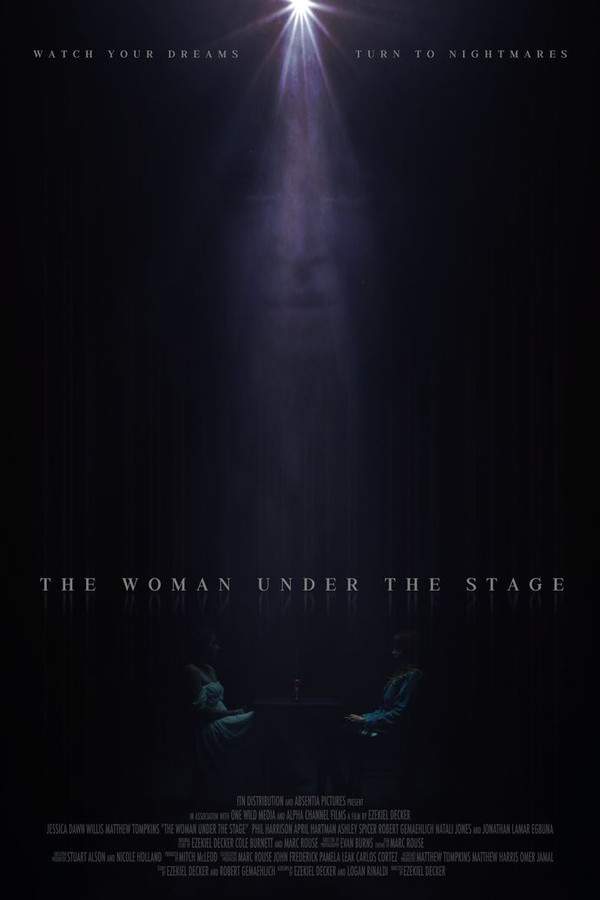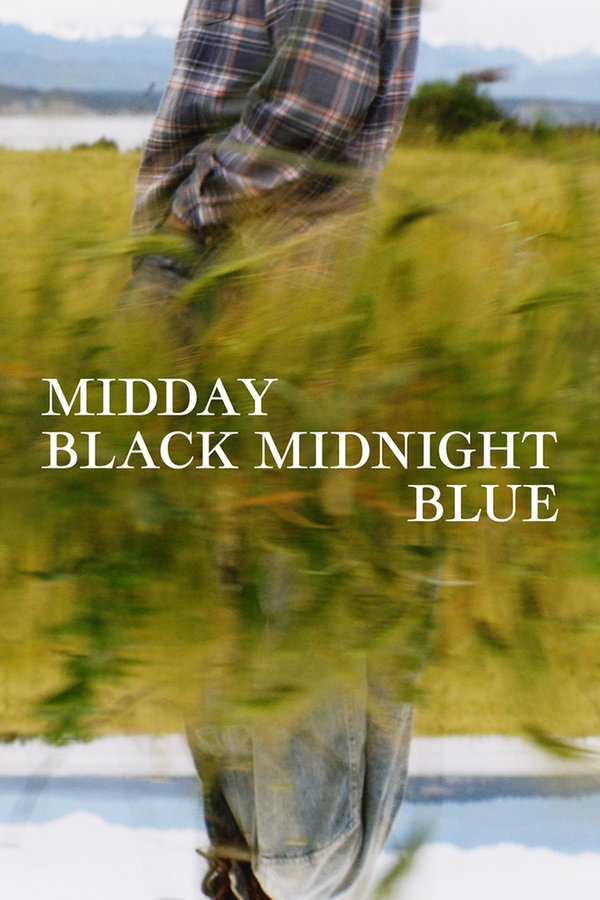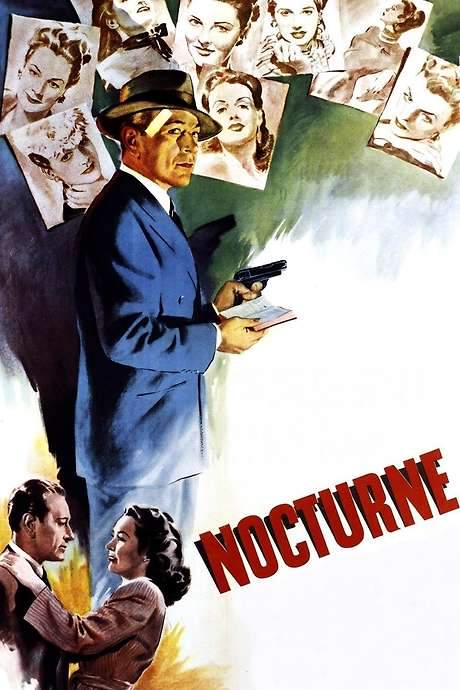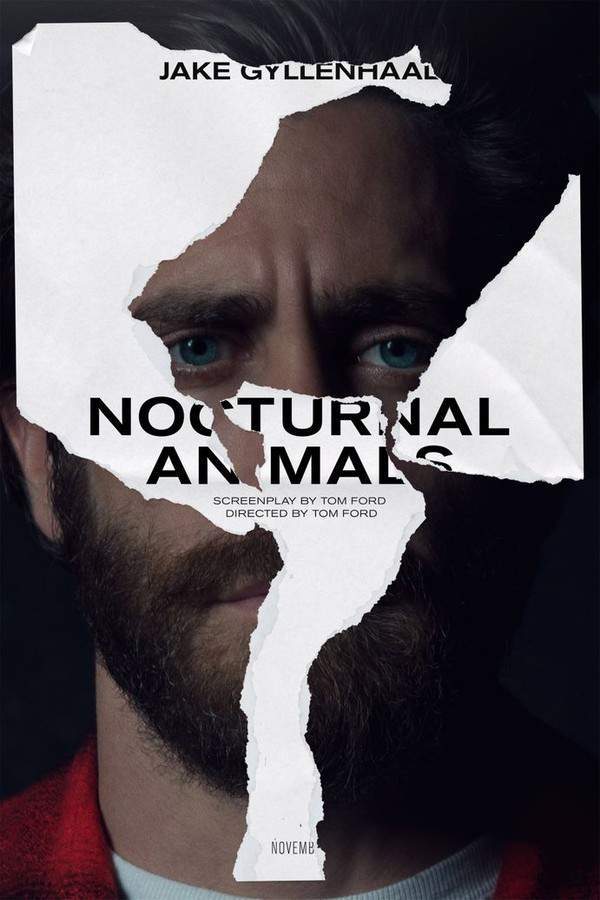
Nocturnal Animals
Year: 2016
Runtime: 116 min
Language: English
Director: Tom Ford
A gallery owner, Susan Morrow, finds her life disturbed by her husband’s absences and the unexpected delivery of a manuscript from her former husband, Edward Sheffield. The novel, a violent thriller about a man and his family targeted by dangerous criminals, forces Susan to reflect on her past relationship with Edward and the choices she has made. As she reads, the lines between the fictional narrative and her own memories blur, compelling her to examine painful truths and the darkness within her.
Warning: spoilers below!
Haven’t seen Nocturnal Animals yet? This summary contains major spoilers. Bookmark the page, watch the movie, and come back for the full breakdown. If you're ready, scroll on and relive the story!
Nocturnal Animals (2016) – Full Plot Summary & Ending Explained
Read the complete plot breakdown of Nocturnal Animals (2016), including all key story events, major twists, and the ending explained in detail. Discover what really happened—and what it all means.
Women whirl in dance, while larger figures are showcased in an art gallery. The story follows Susan (played by Amy Adams), a gallery curator, as she navigates her lavish lifestyle in her multi-million dollar estate, all while overlooking the sparkling lights of Los Angeles. With staff and security at her disposal, she seems to dwell in luxury. One day, she receives a package from her ex-husband, Edward Sheffield. To her surprise, it contains a manuscript titled Nocturnal Animals, dedicated to her, hinting that she inspired his work. Edward intends to meet with her in Los Angeles, and Susan’s head of security inquires about staffing for the weekend. She requests solitude, quietly indicating her intention to read the manuscript.
That evening, Susan struggles to sleep, taking medication to combat her insomnia. The following morning, her husband Hutton (Armie Hammer) joins her for breakfast, and she expresses disappointment over his absence from her art show. He cites work commitments and far travel, while she infers that he’s avoiding the truth, insisting she wasn’t asleep until late into the night. As discussion turns to Edward, Hutton reveals his ignorance about Edward’s career, leading Susan to recall their distant past. As their conversation shifts back to Hutton’s business trip to New York, she dismissively remarks on his lack of interest in art.
Susan begins to delve into the Nocturnal Animals manuscript. The first chapter introduces Tony Hastings (portrayed by Jake Gyllenhaal), embarking on a road trip with his daughter and wife, Laura (played by Isla Fisher). The family encounters an electrifying trip through Texas, encountering ominous delays—two cars silently pacing alongside one another until antagonism ensues. What starts as playful banter gradually shifts into a harrowing situation as they realize they are being pursued by three sinister men in one of the vehicles.
As the confrontation escalates, the harasser, a menacing redneck (played by Aaron Taylor-Johnson), arrives to confront Tony, questioning his refusal to pull over. Desperate and sensing danger, Tony keeps his family in the car, leading to a terrifying exchange. As Tony weighs his options, the situation spirals out of control with the redneck’s menacing taunts. Engulfed in desperation, he attempts to call the police only to find the signal lacking.
From here, we learn tragedy strikes as his family is taken from him, leading further into the dark themes of fear and violence. Tony’s struggle to comprehend his perceived failures hammers in as his journey only worsens with every page Susan turns. Then, returning to Susan’s perspective, tension rises as she grapples with the chilling story while simultaneously attempting to reach out to her own daughter, who shares a striking resemblance with the girl in Edward’s novel.
Meanwhile, the lines between Susan’s past and present meld together as she recalls moments from her relationship with Edward, reflecting on their dinner when their connection flourished against the backdrop of memories, parallel to the unfolding tragedy in the manuscript. As the narrative progresses, so does the suspense—Tony’s reach for justice intertwines with Susan’s realization of her own regrets.
Eventually, the adrenaline culminates in a climactic showdown between Tony and the abductor, leading to the discovery of harrowing truths about loss and revenge, mirroring Susan’s own fraught emotions. In stark contrast to her extravagant lifestyle, Susan reflects on her choices and the emotional upheaval that defines her life.
As she completes the manuscript, the weight of its impact dawns on her—prompting an email to Edward, suggesting they meet. However, as she prepares for their reunion, time stretches painfully as she realizes Edward never arrives. The betrayal strikes hard; the culmination of memories and decisions echo—setting the stage for bitter reflections on love, loss, and the fruits of abandoning one’s true self. In a twist of fate, the book’s poignancy unearths the depths of betrayal, leaving Susan alone with her turmoil, as she understands far too late the significance of Edward’s narrative—a haunting reverberation of fate across both their stories.
Last Updated: November 08, 2024 at 07:07
Ending Explained – What Happens at the End of Nocturnal Animals?
Still wondering what the ending of Nocturnal Animals (2016) really means? Here’s a spoiler-heavy breakdown of the final scene, major twists, and the deeper themes that shape the film’s conclusion.
The ending of Nocturnal Animals is haunting and layered with meaning, blending reality with fiction in a way that leaves viewers reflecting on the characters’ emotional states. Throughout the film, Edward, played by Jake Gyllenhaal, sends a manuscript of his dark, revenge-filled novel to his ex-wife, Susan. Her immersion in the story about Tony, a man driven to seek brutal revenge after the trauma of losing his wife and daughter, mirrors her own feelings about their broken relationship. As Edward mourns his unfulfilled love and professional insecurities, Tony’s story serves as a metaphor for his inner pain and desire for vengeance.
In the film’s climax, Edward never appears in person to confront Susan or to exact his revenge. Instead, he allows his novel to act as a cold, emotional strike: Susan reads the story and is left to grapple with her past betrayals—most notably her infidelity with Hutton, her second husband. The film suggests that Edward’s act of giving her this dark, powerful story is his way of telling her that he still harbors deep resentment, but he doesn’t seek closure by physical confrontation. His silence and absence at the end imply that the revenge was more about emotional release than about reconciliation.
The finale reveals Susan alone, realizing that her attempt at reconnecting with Edward was doomed from the start. She waits at a restaurant until closing, her solitude reflecting her current emotional emptiness. Meanwhile, the novel’s story, especially Tony’s grim cycle of violence and regret, underscores that revenge often leaves people unchanged and unfulfilled—an idea that resonates with Susan’s loneliness and her own moral dilemmas. The story of Ray, Tony’s vengeful antagonist who kills Tony’s family and ultimately dies bloodied and exhausted, symbolizes the destructive nature of revenge. It shows how violence and vengeance only perpetuate pain, leaving characters like Tony—and by extension, Edward—still broken and searching for peace.
Ultimately, Nocturnal Animals doesn’t provide a clear resolution but instead offers a poignant meditation on heartbreak, vengeance, and despair. Both Edward and Tony crave retribution—Edward by aiming to emotionally damage Susan, and Tony by seeking justice for his loved ones. Yet, the film’s ending indicates that revenge is an empty pursuit; both characters are left scarred and unable to return to happiness. The film’s ambiguous conclusion, coupled with its dark themes and layered storytelling, invites viewers to consider whether true closure is ever possible or if everyone is ultimately haunted by their past, destined to remain imperfect, broken souls.
Last Updated: June 25, 2025 at 08:58
Explore Movie Threads
Discover curated groups of movies connected by mood, themes, and story style. Browse collections built around emotion, atmosphere, and narrative focus to easily find films that match what you feel like watching right now.
Movies with Stories Within Stories like Nocturnal Animals
Films where a story inside the main plot reflects the characters' inner turmoil.If you were captivated by the way Nocturnal Animals uses a manuscript to unravel its protagonist's past, explore these other films. This list features movies like Nocturnal Animals where a fictional narrative serves as a dark mirror to the main character's reality, creating complex and introspective viewing experiences.
Narrative Summary
The narrative pattern involves a protagonist encountering a secondary story that directly comments on or allegorizes their own situation. This internal fiction escalates in tension, often becoming more extreme, forcing a direct and painful confrontation with the protagonist's personal history, choices, or identity.
Why These Movies?
Movies in this thread are grouped by their shared use of a meta-narrative device. They create a unique, layered experience where the emotional impact comes from the interplay between two stories, resulting in a psychologically complex and intellectually engaging journey.
Bleak Movies About Facing the Past like Nocturnal Animals
Characters are crushed by the weight of their past regrets and betrayals.For viewers who appreciated the heavy emotional weight and bleak conclusion of Nocturnal Animals, this list collects similar films about regret and reckoning. Discover movies like Nocturnal Animals that explore the devastating, non-redemptive aftermath of past trauma and betrayal, offering a somber and thought-provoking experience.
Narrative Summary
The narrative follows a protagonist, often in a state of isolation, as they are triggered by an external event (like receiving a letter or an object) to revisit a buried trauma or moral failure. The story unfolds through a mix of present-day reflection and painful flashbacks, building towards an ending that offers no resolution, only the full, bleak acceptance of loss and accountability.
Why These Movies?
These films are united by their unflinching focus on regret, the absence of redemption, and a profoundly bleak emotional tone. They share a slow, deliberate pacing that allows the weight of the past to suffocate the present, resulting in a deeply melancholic and impactful viewing experience.
Unlock the Full Story of Nocturnal Animals
Don't stop at just watching — explore Nocturnal Animals in full detail. From the complete plot summary and scene-by-scene timeline to character breakdowns, thematic analysis, and a deep dive into the ending — every page helps you truly understand what Nocturnal Animals is all about. Plus, discover what's next after the movie.
Nocturnal Animals Timeline
Track the full timeline of Nocturnal Animals with every major event arranged chronologically. Perfect for decoding non-linear storytelling, flashbacks, or parallel narratives with a clear scene-by-scene breakdown.

Characters, Settings & Themes in Nocturnal Animals
Discover the characters, locations, and core themes that shape Nocturnal Animals. Get insights into symbolic elements, setting significance, and deeper narrative meaning — ideal for thematic analysis and movie breakdowns.

Nocturnal Animals Ending Explained
What really happened at the end of Nocturnal Animals? This detailed ending explained page breaks down final scenes, hidden clues, and alternate interpretations with expert analysis and viewer theories.

Nocturnal Animals Spoiler-Free Summary
Get a quick, spoiler-free overview of Nocturnal Animals that covers the main plot points and key details without revealing any major twists or spoilers. Perfect for those who want to know what to expect before diving in.

More About Nocturnal Animals
Visit What's After the Movie to explore more about Nocturnal Animals: box office results, cast and crew info, production details, post-credit scenes, and external links — all in one place for movie fans and researchers.

Similar Movies to Nocturnal Animals
Discover movies like Nocturnal Animals that share similar genres, themes, and storytelling elements. Whether you’re drawn to the atmosphere, character arcs, or plot structure, these curated recommendations will help you explore more films you’ll love.
Explore More About Movie Nocturnal Animals
Nocturnal Animals (2016) Scene-by-Scene Movie Timeline
Nocturnal Animals (2016) Movie Characters, Themes & Settings
Nocturnal Animals (2016) Ending Explained & Theories
Nocturnal Animals (2016) Spoiler-Free Summary & Key Flow
Movies Like Nocturnal Animals – Similar Titles You’ll Enjoy
Night Moves (1975) Full Summary & Key Details
Revenge (2018) Film Overview & Timeline
Gone Girl (2014) Plot Summary & Ending Explained
Post Tenebras Lux (2013) Film Overview & Timeline
The Night (2021) Complete Plot Breakdown
The Woman (2011) Full Movie Breakdown
Midday Black Midnight Blue (2023) Ending Explained & Film Insights
The Night of the Sunflowers (2006) Plot Summary & Ending Explained
The Book of Revelation (2006) Complete Plot Breakdown
Vicious and Nude (1980) Film Overview & Timeline
The Night of the Hunted (1980) Complete Plot Breakdown
Nocturnal Uproar (1979) Movie Recap & Themes
Nocturne (1946) Complete Plot Breakdown
Endless Night (1972) Film Overview & Timeline
Disclaimer (1000) Ending Explained & Film Insights




